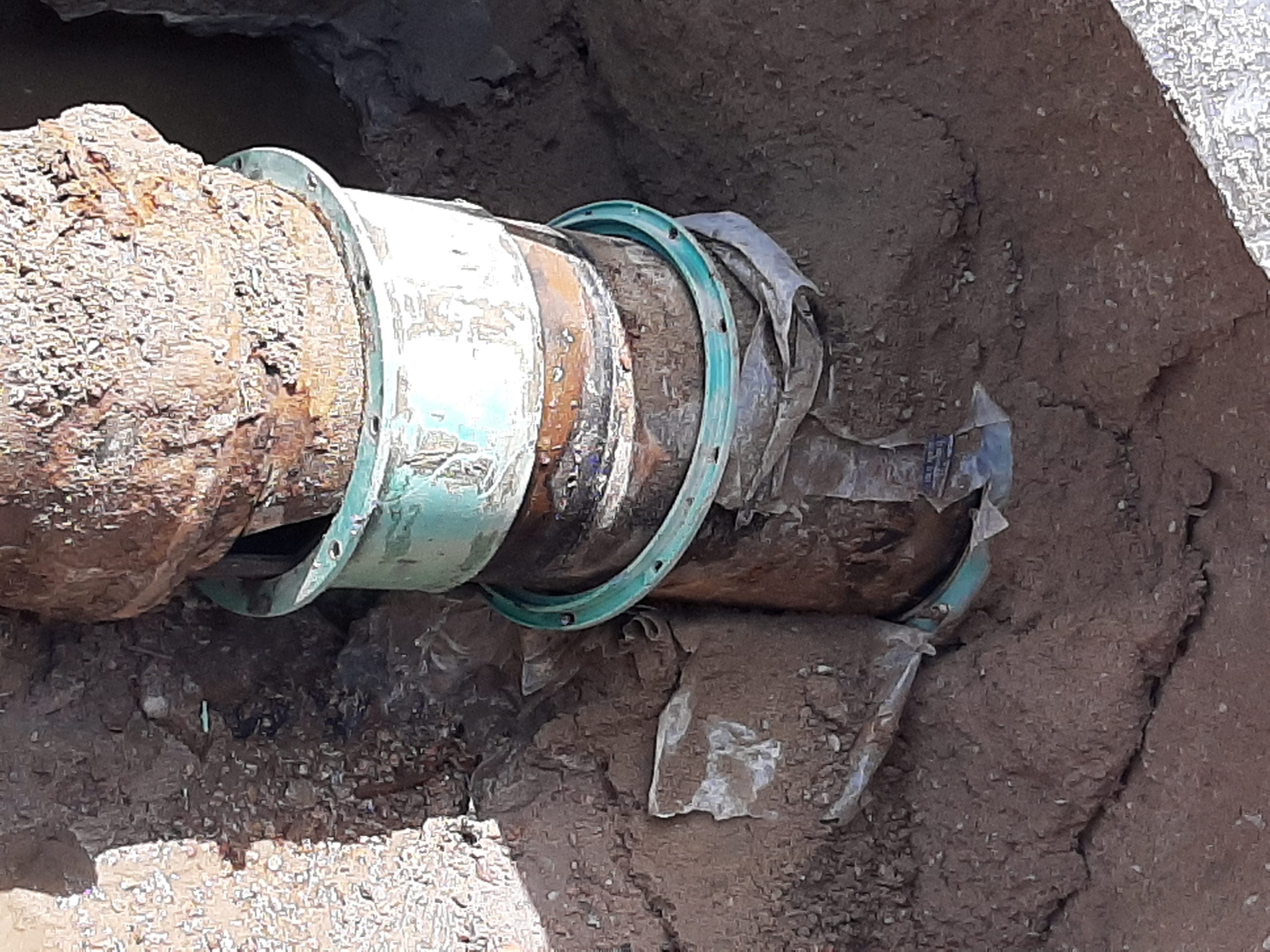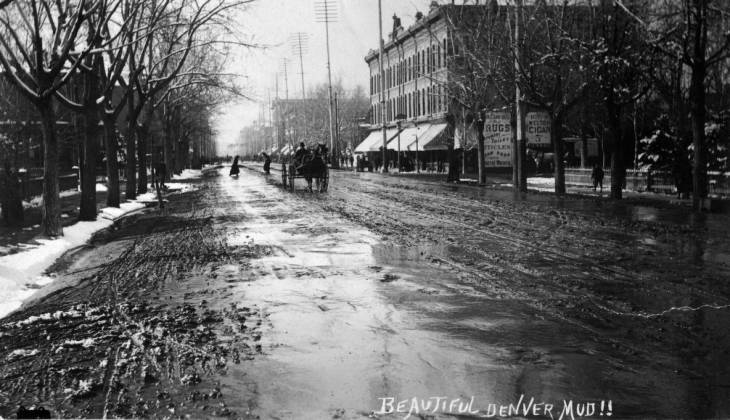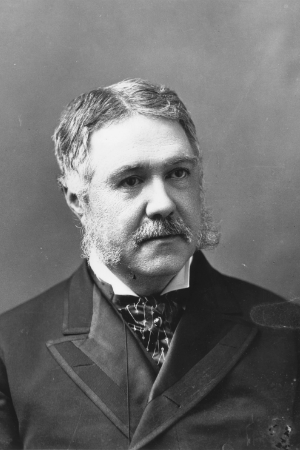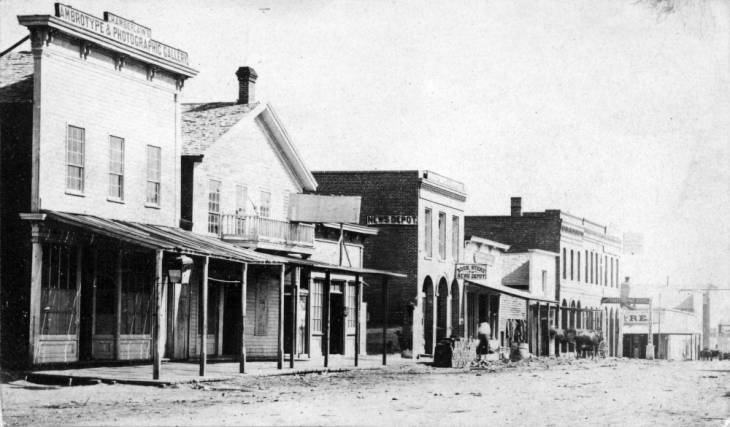
Pipelines into the past
Some things were built to last: your dad’s power drill, your grandma’s skillet. The walls of Troy. Twinkies.
Add to the mix pipes laid under Denver’s streets in the 1880s that continue to convey water to this very day.
Those pipes were constructed of cast iron and are so old they were put in place by water providers that predate Denver Water. What’s more, some of the pipes remain in good shape some 140 years later.
Now, though, Denver Water is replacing several downtown blocks worth of those old, cast-iron pipes.
Not because they don’t work anymore, but because repair kits no longer exist for them. So if something goes wrong, it is harder for crews to make it right.
“Parts are no longer available to repair these mains. They have to be custom manufactured at a premium price,” explained Alan Crouch, a senior engineer at Denver Water.
As downtown grows, water pipes also need to be able to carry more water, primarily to ensure there’s enough water available to suppress fires in bigger and taller buildings in the area. That’s another reason to replace these 19th century workhorses.
To understand how long these robust water pipes have endured, consider the state of the world at the time these pipes were buried underground.
In the United States, Chester Arthur was serving as president, from 1881 to 1885, following the assassination of President James Garfield. In Europe, Otto von Bismarck was dominating affairs as the “Iron Chancellor” of Germany, serving from 1871 to 1890.
And Russia was still ruled by czars. Alexander II, known as “The Liberator,” was assassinated in 1881 (the same year the pipe in the picture atop this story was installed).
The year 1883, another year we can date-match some of the pipes now being replaced in Denver’s downtown, saw the cataclysmic eruption of Krakatoa in Indonesia, among the most destructive in history. The volcanic event took some 36,000 lives in the nearby coastal towns of Java and Sumatra and created tidal waves as far away as Hawaii.
The 1880s also saw Congress ban Chinese immigrants from entering the United States. A year before that, a gunfight broke out near the O.K. Corral in Tombstone, Arizona, between a gang of outlaws and some lawmen named Earp and Holliday.
Locally, Colorado was coming into its own.
Denver’s population was 35,000 in 1880. The growing city’s need for energy was met with coal supplied from mines in Jefferson, Weld and Boulder — yes, Boulder — counties.
Across the state, silver mining was the big economic driver. The decade saw an explosion of rail lines winding into the state’s remotest corners to carry away the ore. But women wouldn’t get the right to vote in Colorado for years; that would come in 1893.
Throughout all this history, these old pipes remained rocks of dependability.
They are so well preserved that original markings on the exterior remain entirely legible, Crouch said.
The sandy soils found in the downtown area also help, he said, as they are less damaging.
According to various articles on cast-iron pipes, the oldest date to the 1600s in Versailles, France, then under the long rule of the "Sun King" Louis XIV. Most of them remain functional today.
The use of cast-iron pipes for distributing water in cities took off in the 1700s.
Some number crunching by Denver Water specialists suggests the utility today still operates at least 85 miles of pipes — out of more than 3,000 miles within its system — that were laid prior to 1900.
Nowadays, Denver Water and many other water utilities use a mix of pipe types.
Ductile iron has replaced cast iron. It’s a stronger and lighter product and can withstand more stress from varying water pressures. Steel, PVC and concrete pipes are also used depending on circumstances.
“The most obvious reason for not using the old cast-iron pipe is that they don’t make it (for water supply purposes) any more,” Crouch said. “Today’s installation is done with today’s materials.”
So, if you happen to see Denver Water crews downtown this summer, they may finally be taking some of those cast-iron lines out of service. This work is focused on 15th Street, from Delgany to Wazee streets and on Welton Street, from Colfax Avenue to 19th Street.
And, you might want to take a minute to admire the way those old pipes have held up in the ground — and the history that’s unspooled above them.




